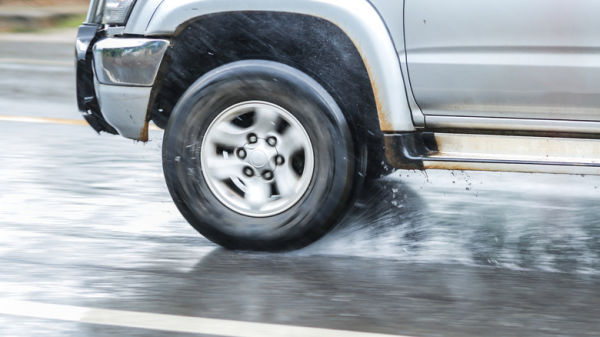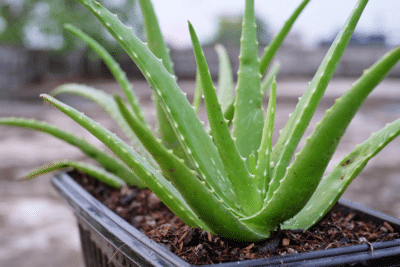When talking about the sipes on a tire, car owners typically refer to the process of adding more thin cuts, slits, or kerfs in the tread blocks. The siping process involves a machine that rotates the tire while making multiple 90-degree cuts over the tread surface. In tire terminology, sipes create biting edges that enable more traction over snow, mud, or slippery pavement.
Advertisement
The sipes are like miniature water channels that help eliminate water or moisture from the contact patch. For the uninitiated, the contact patch is a portion of the rubber that touches the road. More sipes mean more grip, but does spending the additional $60 or so for aftermarket tire siping really improve traction over rainy or wet roads?
Consumer Reports doesn’t think the potential gains are worth the imminent drawbacks. In its 2014 report, the organization tested a pair of performance all-season tires from Michelin, which are made all over the world. They spent the money on additional tire siping and discovered “measurable improvements” in traction and braking over snow and ice. However, the siped tires suffered from longer braking distances on dry or wet roads, and the process of cutting thin slits on a new tire will potentially void any warranty that the new tire came with.
Advertisement
The drawbacks of tire siping
The verdict is yes, tire siping can help deliver more traction over snow or ice, but the drawbacks on dry or wet roads are not worth the risk. If your car’s existing tires are old or worn out, tire siping will not save it from the hazards of all-season driving. Tire siping can potentially decrease the useful life of a tire and make it less effective over dry tarmac. Moreover, the process of introducing more slits into pre-molded tread blocks may interfere with the expected performance levels of the tire, including the expected wear, road noise, and rolling resistance.
Advertisement
The solution is to choose the right tires for your vehicle while considering the weather, topography, and driving conditions. New tires from top-tier tire brands go the extra mile to design three-dimensional 3D siping that can behave like the claws of an animal, flexing and opening marginally for better grip or closing and interlocking to improve stability.
The OEM sipes on new tires are part of the tire’s design, so you can easily see how adding more sipes (by cutting/slicing the tread block) may hinder the tire from performing at its best. If you live in snowy areas and demand more grip from your car’s tires, investing in snow or winter tires, which are different from all-season tires, is more ideal than spending the extra money on aftermarket tire siping.
Advertisement










